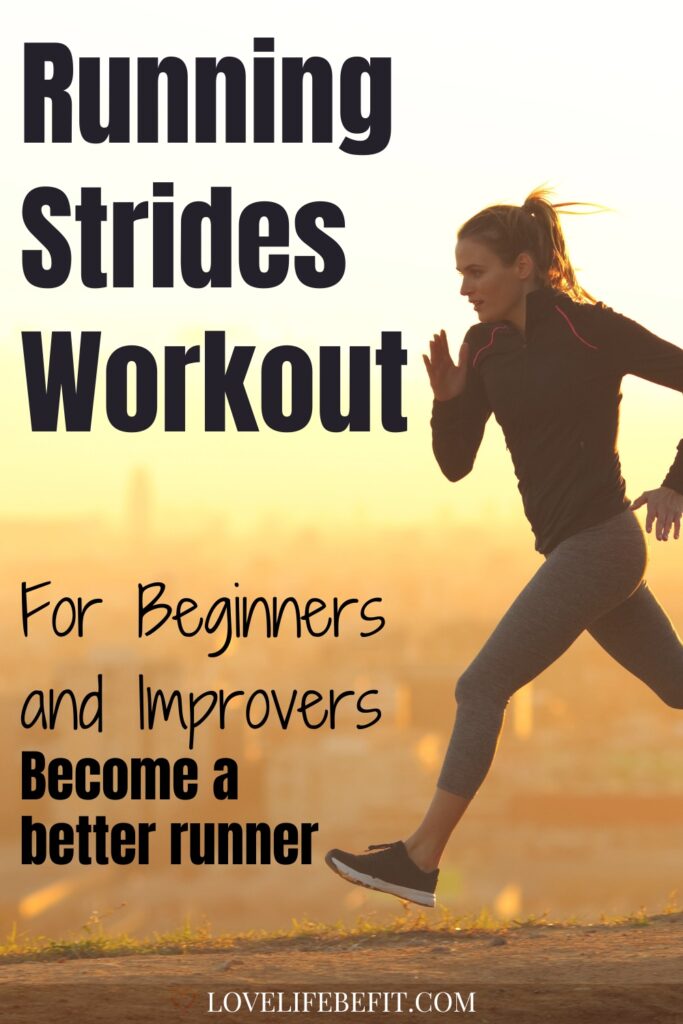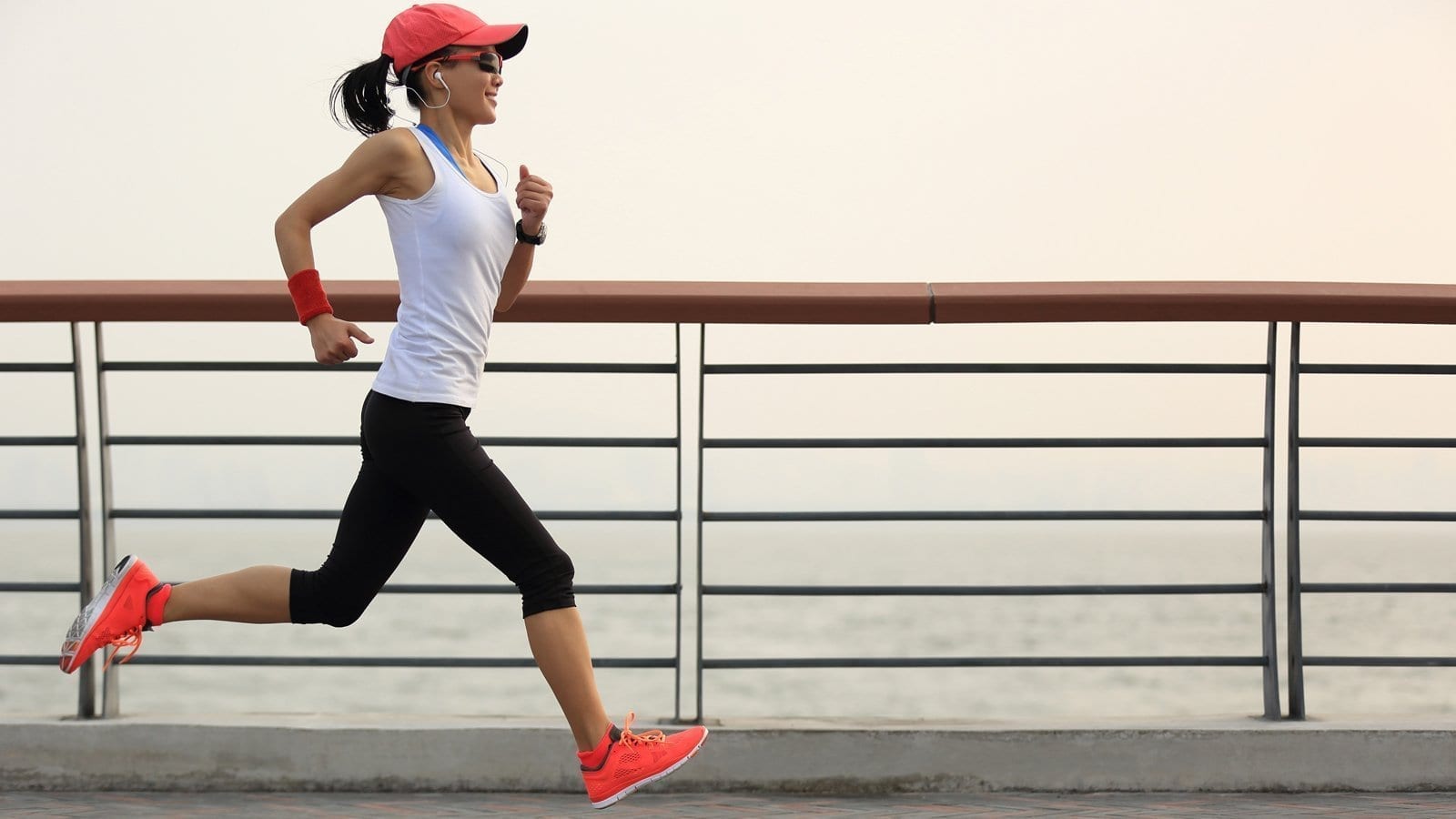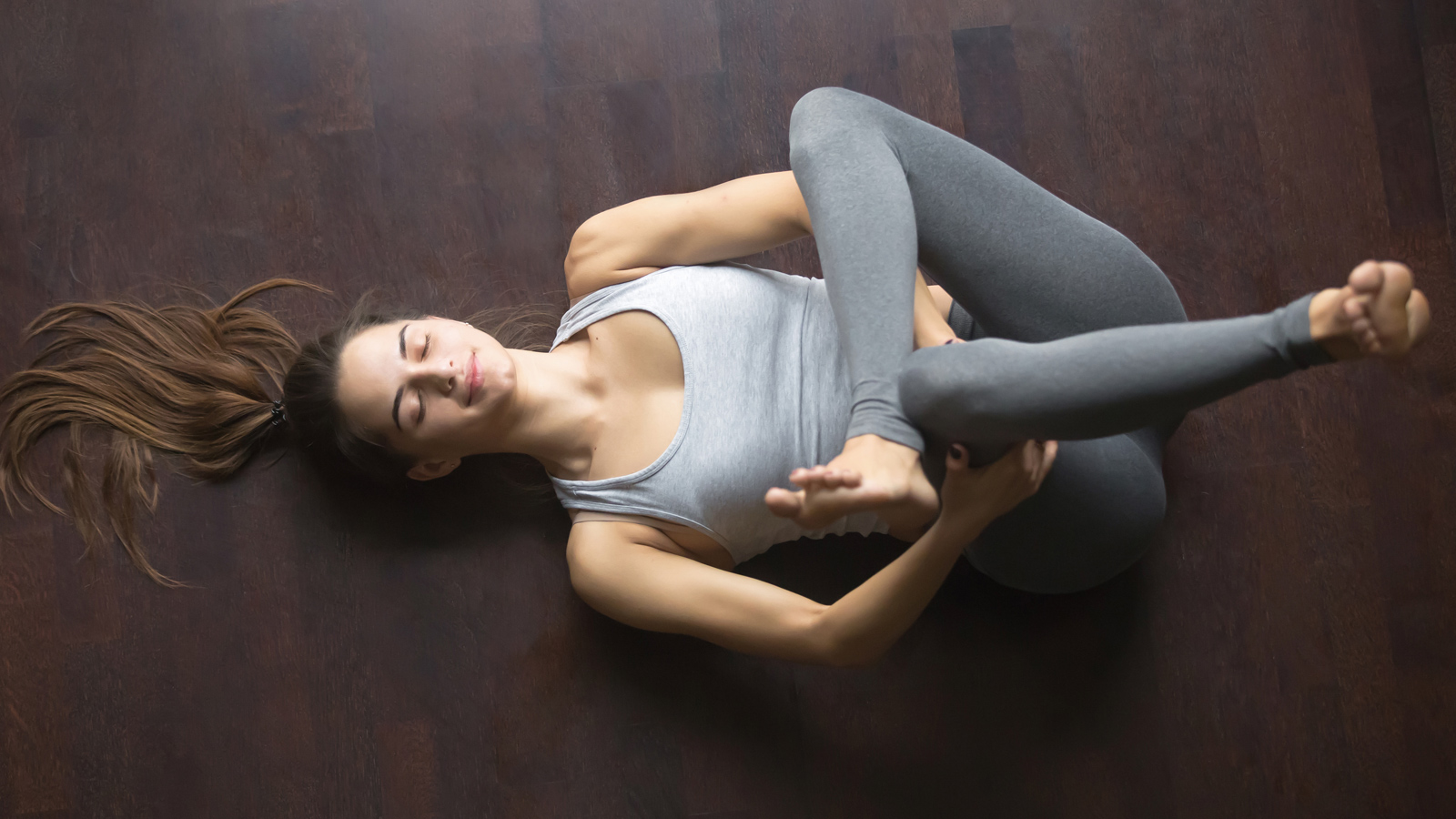What Are Strides In Running? (And Why You Need To Run Them)
If you’ve been reading this blog, you’ve probably noticed we keep referring to strides. But what are strides in running and why do you need them in your life?
What Are Strides?
Strides are short bursts of relaxed faster running. Ease into your fast pace over the first 5 seconds, focus on staying relaxed at your fast pace, and maintain until it feels natural to slow to a stop. Your stride interval should be about 20 to 30 seconds.
Now you know what they are we’ll dive into why you need them and how to run strides.
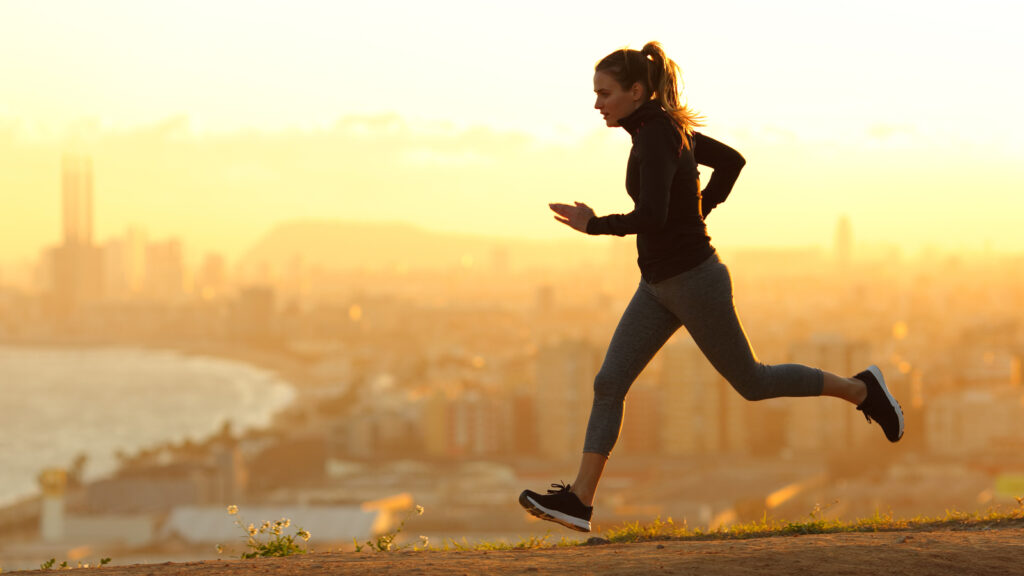
How To Run Strides
- Warm up fully first at an easy running pace.
- Start your first stride by easing into a fast pace over 5 seconds.
- Strides should be effortless. When you reach your full speed, focus on staying relaxed – relaxed facial muscles, good arm action, and think about landing on your midfoot, not your heel.
- Maintain until it feels natural to slow to a stop over the last 5 seconds. In total, your stride interval length should be about 20 to 30 seconds.
- Recover fully for about 2 minutes before your next stride – rest to catch your breath, walk or slowly jog. Strides shouldn’t feel hard. Unlike intervals, you don’t want to be out of breath when you start your next stride. The focus is on your running form and fluidity. Strides should be enjoyable.
How Fast Should I Run Strides?
Unlike running intervals, for this speed workout, you don’t want to measure your distance or pace. You’re running to feel. It should feel fast but never feel like a hard workout.
Typically you’ll be running at your mile pace or 85 to 95% effort – a relative perceived effort (RPE) of 9. Not quite a full-out sprint or maximum effort.
Your running speed will come naturally. As soon as the running starts to feel hard you should be slowing down.
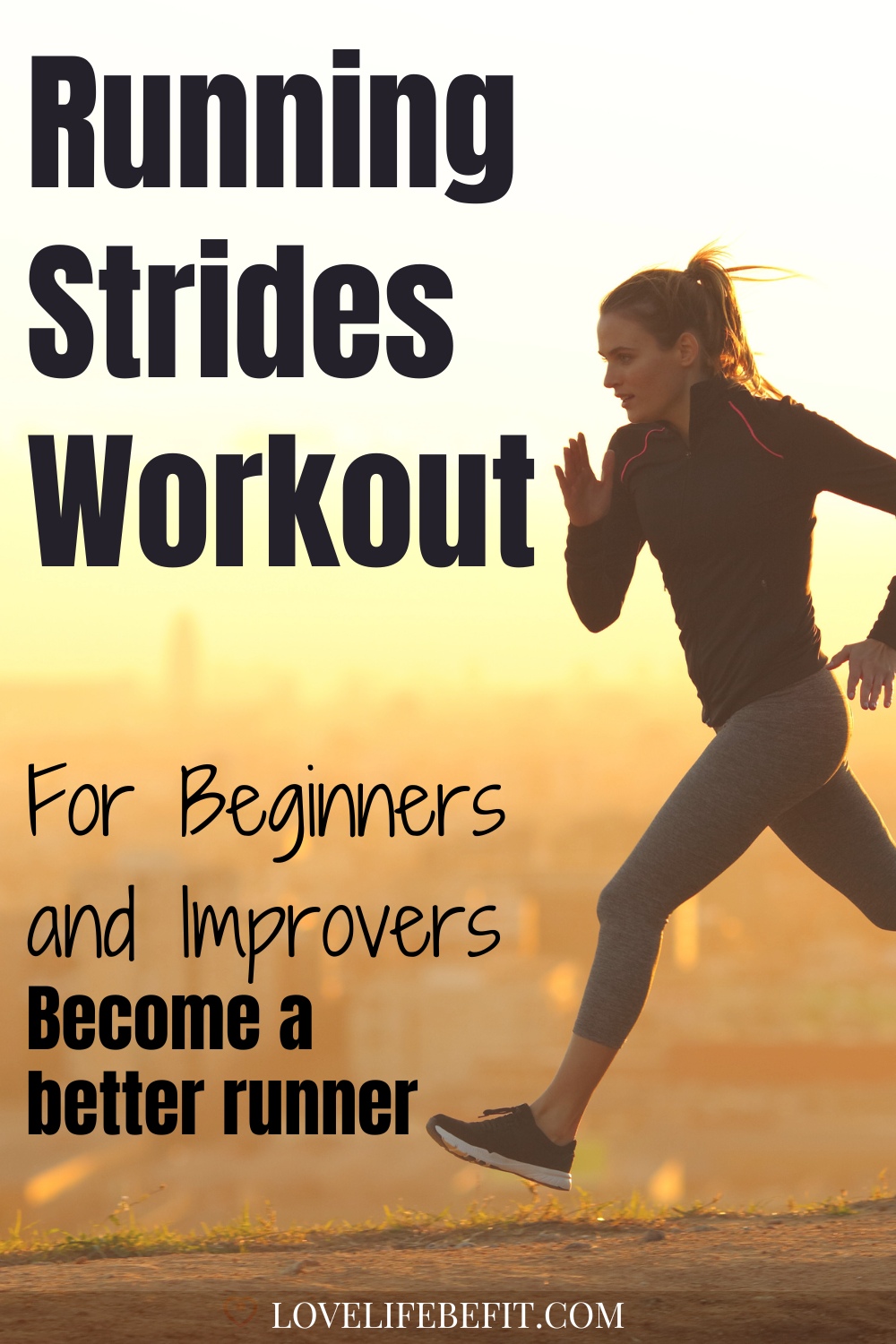
Why Run Strides?
There are many benefits to running strides:
#1 Running Form
Strides help you tune into your body and focus on your running form. For that brief 20-30 seconds you’re working on your running efficiency and allowing your body to run at its best. We can all be amazing runners over 20 seconds!
Running strides isn’t about increasing your stride length. Instead, the aim is to run at your optimal stride length for running efficiency.
#2 Improve Leg Speed
When you’re base training or distance running, most of your running is at slower speeds. Strides are an effective way to add leg speedwork. When you practice strides you run faster and your leg turnover increases.
#3 Introduction To Speedwork
For beginner runners, a few strides are an excellent introduction to speedwork. It’s effortless faster running without the demands on your body of a hard interval session. There’s less risk of injury.
#4 Improves Your Running Kick
It’s always fun to have a good strong finish in a race and sometimes it can be the difference between winning or losing! By practicing strides, even distance runners can have a fast kick in the last few meters.

Add Running Strides To Your Training
Most runners add strides at the end of an easy-paced run but you can also use them to warm up before an interval session or race.
Strides are an excellent way to get blood flowing to your legs and elevate your heart rate before a hard session. Incorporate strides as a running drill before your interval session.
When you’re building a running base, strides are used towards the middle or end of your easy runs to maintain leg speed.
Where To Run Strides?
Strides need to be run on a flat surface and soft ground is best such as a football pitch or your local park.
Barefoot strides are growing in popularity. If you’re practicing strides barefoot, be cautious about the number of strides and cut down on your speed until you’ve built up the strength you need for barefoot running.

Running Strides Workout
Try this running strides workout for beginners. It’s an easy way to add strides to your training plan.
- Warm up with some easy running.
- Find a flat open space with no obstacles where you can run freely for up to 100m.
- Ease into your stride taking about 5 seconds to hit full speed. Focus on running freely without tension.
- Run fast for 20 to 30 seconds. The moment your running stops feeling effortless, slow down and come to a stop over the last 5 seconds.
- For your first session, repeat 4 times taking up to 2 minutes to recover between strides. Rest, walk, or jog slowly as you recover.
- For future sessions, increase up to 6 strides for beginners. Intermediate runners can build to 8 to 10 strides in a workout and advanced runners will aim for 10+.
